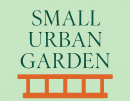Starting a Balcony Garden
Building a garden can be truly rewarding, authentic and peaceful. It can also be an overwhelming and intimidating thought for anyone who knows very little about the subject. The truth of the matter is it is so simple! Once you understand what is entailed and how to set up your garden, even the busiest lifestyles, forgetful victims, and budget-conscious can get it done.
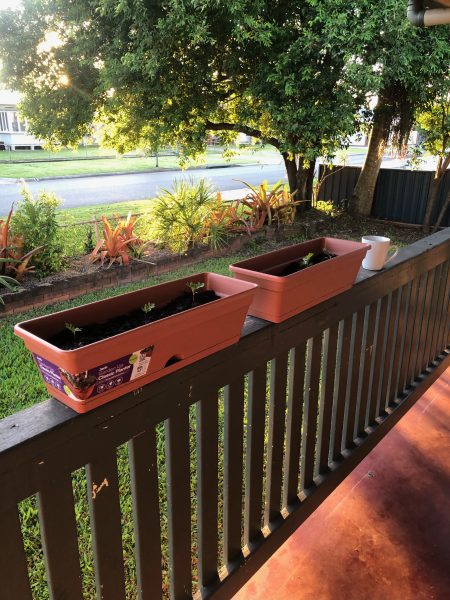
5 Balcony Garden Absolute Must-Haves
1. Soil
If you are starting your garden from seed, your best bet would be to use a seed-raising mix.
Seed raising mix is most suitable for seeds due to its fine texture that provides breathable soil, which also assists with moisture drainage. Once a seed germinates, the shoot, that is the structure that holds the sun-absorbing leaf at its top, needs to make its way above the surface of the soil to receive the sunlight. Seed-raising mix is light and fine, which is perfect for a baby seedling to push through. If the soil is too heavy, compact, or contains larger matter, this could prevent the shoot from making it above the surface, damaging the potential growth. Finally, seed-raising mix is low in nutrients so that it doesn’t burn the young roots. This is perfect due to the seed itself containing stored food that provides energy for the shoot to ascend above the surface.
Now, if you are transplanting an established plant into a pot, grow bag, or whatever your choice is, a premium potting mix will suffice. Potting mixes contain slow-releasing nutrients that keep your plants fed for months at a time. Some premium potting mixes also add water retention agents; however, the contents will vary depending on the brand. However, it is safe to say premium potting mix is your best friend when it comes to keeping your balcony garden low-maintenance.
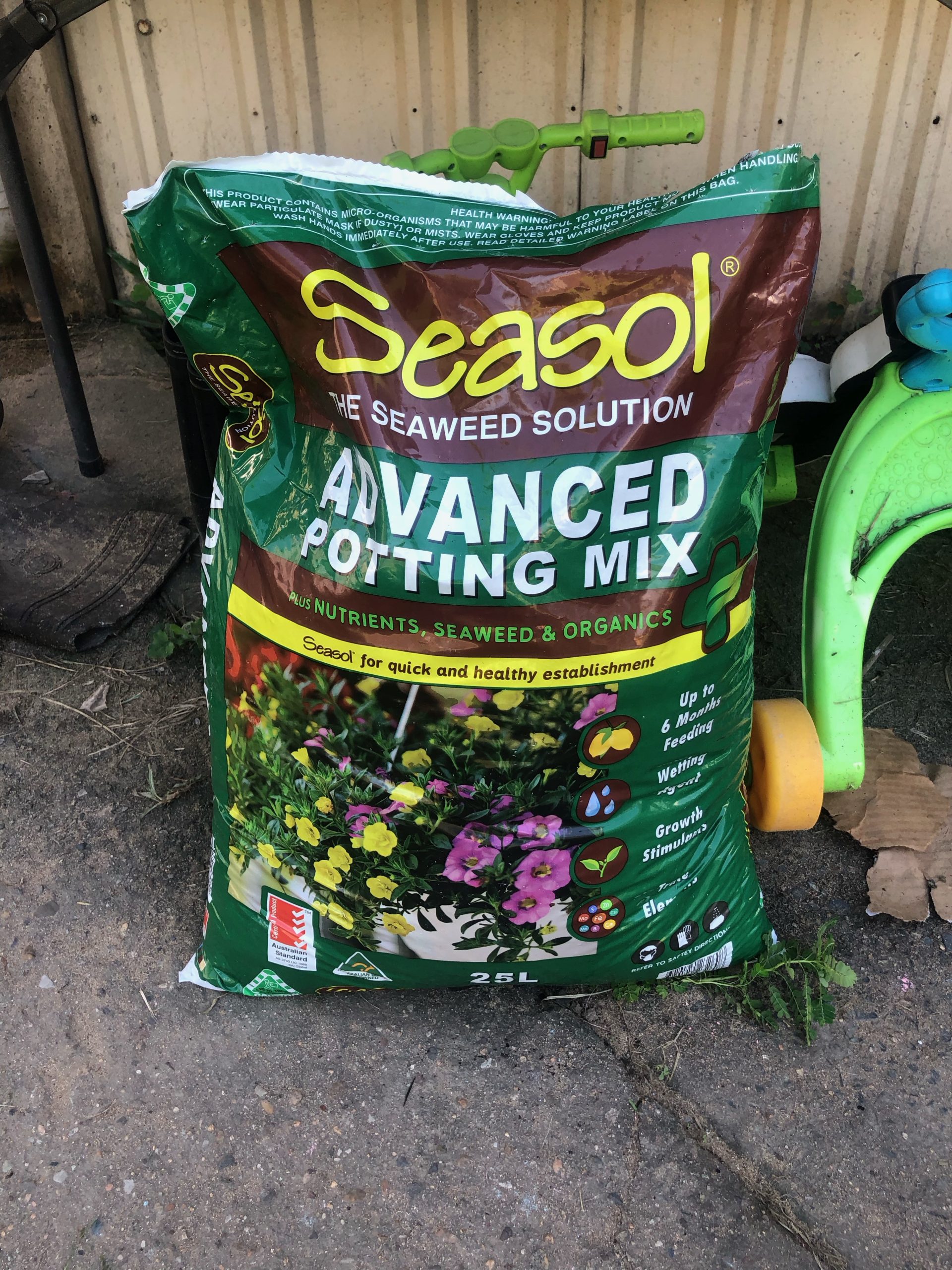
2. Seedling Tray
This only applies to those planning to grow their plants from seed. Seedling trays have many small cells where you can raise individual seeds and have them grow to an established size where they are stronger to withstand something larger to live in, such as a pot or raised bed. If you opt to place more than one seed per cell, that’s fine, just don’t overload each cell because as the seedlings grow, their roots will tangle and make it difficult for you to transplant – depending on seed and cell size, 2-3 seeds per cell is enough. Seedling trays not only provide the ideal conditions for seeds while they germinate, they’re also easy to transport around your balcony if it needs more sun exposure or protection from the rain. The single cell design is an important feature to a baby plant because it reduces the shock of transplanting the plant into a larger home, promoting growth and success.
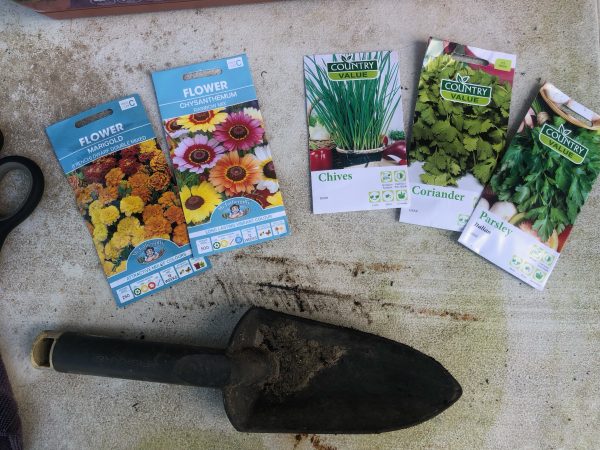
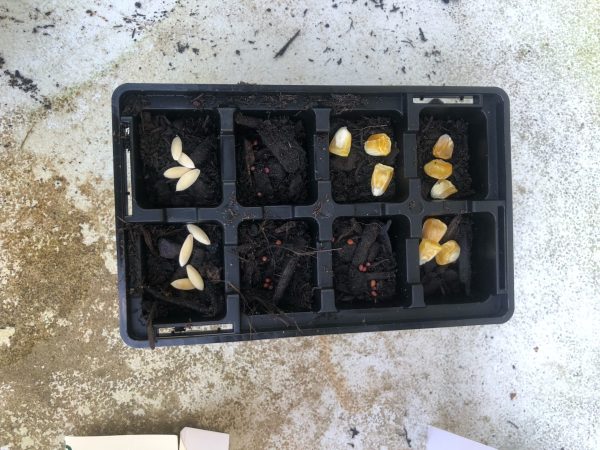
3. Garden Tools
There is no need to go crazy here. Starting with a garden trowel may be all you need at the beginning, and as your garden grows, purchase necessary tools as you need them. A garden trowel is used to make small holes in the soil to plant your plants, and can be handy for transporting soil on a small scale too. If you are on a budget, using a medium sized container or plastic cup would be fine.
4. Netting
It is always a good idea to be prepared for pests. Purchasing some netting that you can cover your plants with if you have any reason to suspect they’re under attack by pests is very handy to keep on hand. This saves you later on if you happen to be during a busy work week and cannot find the time to go to the store or cannot afford to wait for your package with materials to arrive. Better to be safe than sorry.
5. Watering Can
I am sure anything that can hold water would get the job done; however, purchasing a watering can would save you time and make the chore of watering your plants much easier. Watering cans hold a large amount of water, they’re built to live outdoors, unlike your expensive Tupperware, and they look the part when you hang them up around your garden – nothing more aesthetically pleasing than that.
